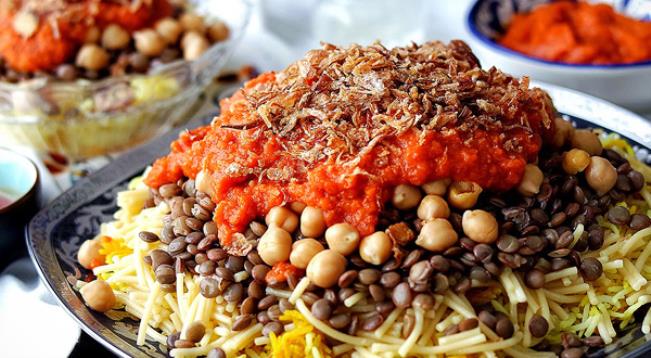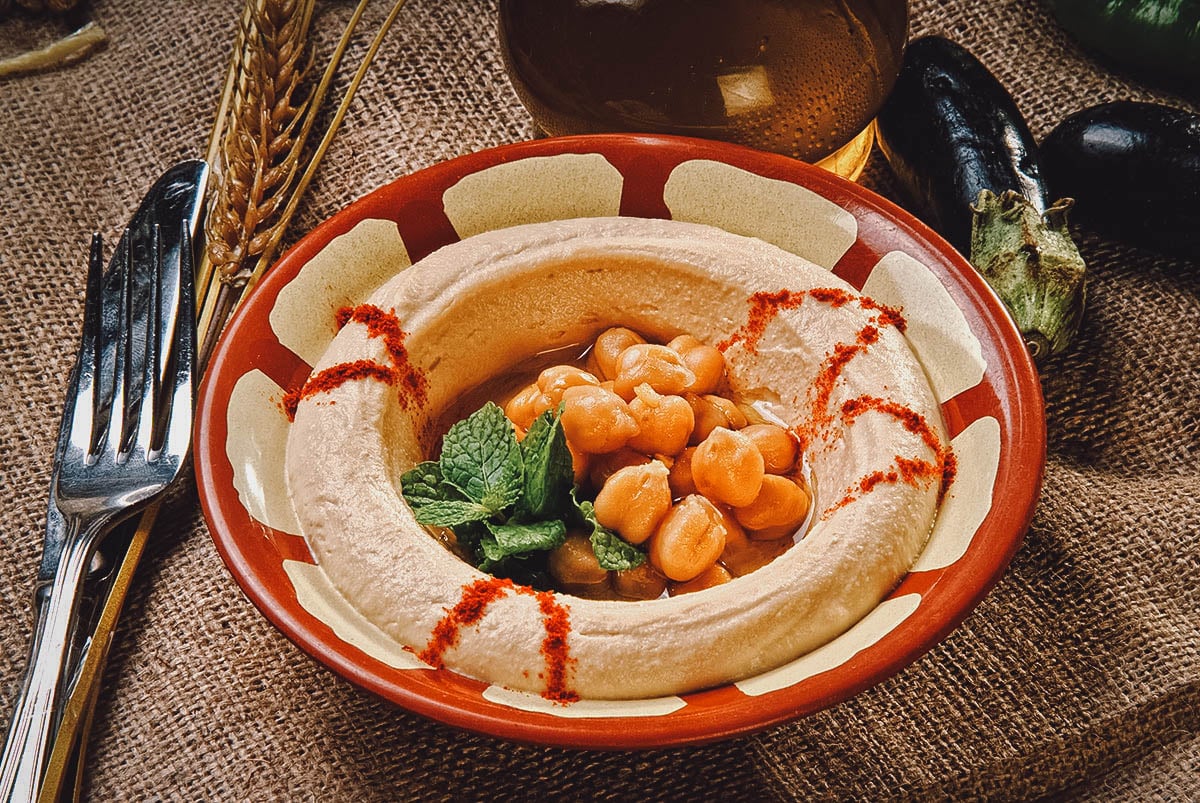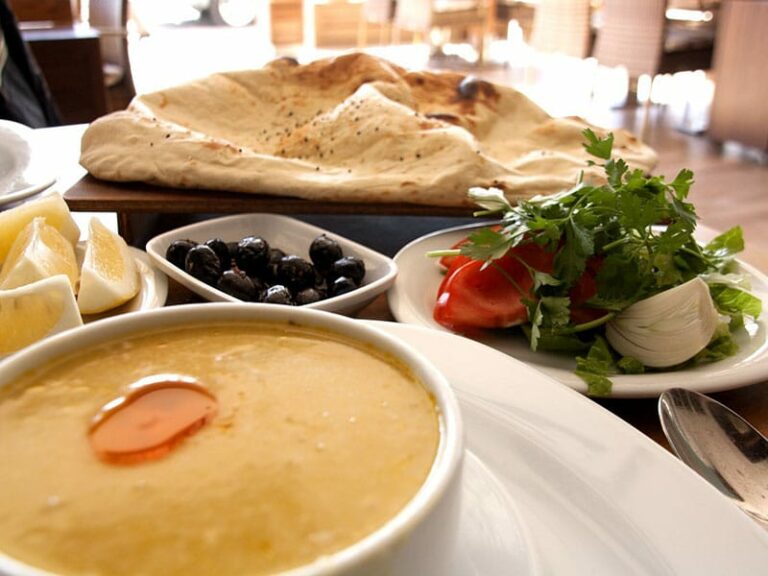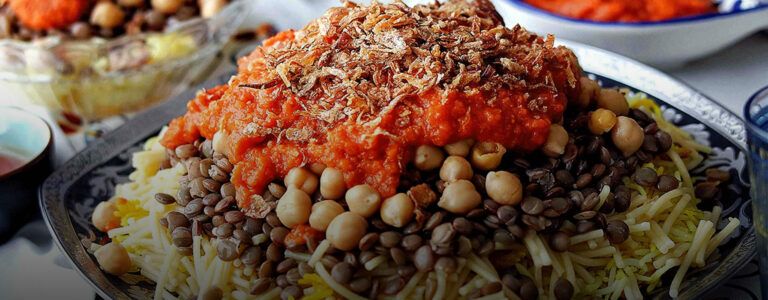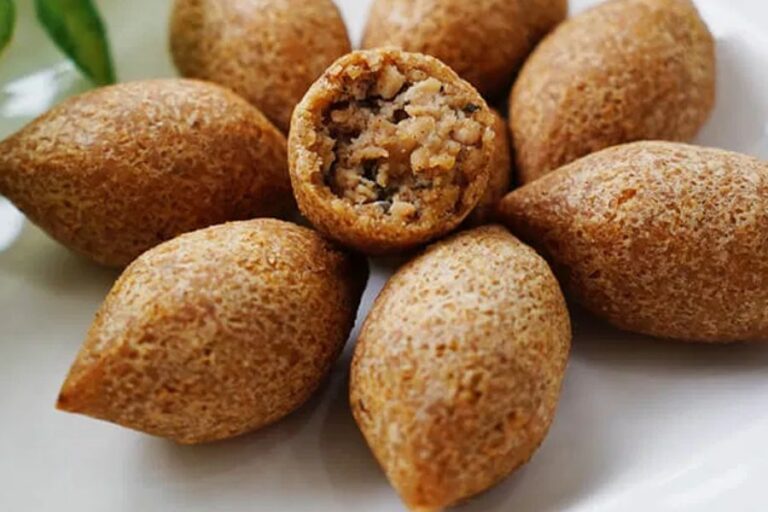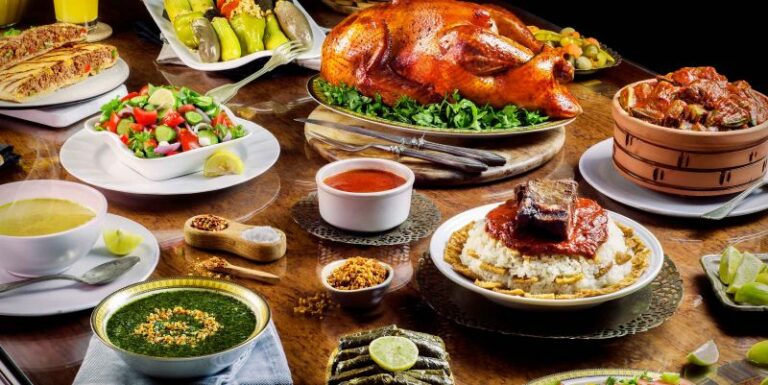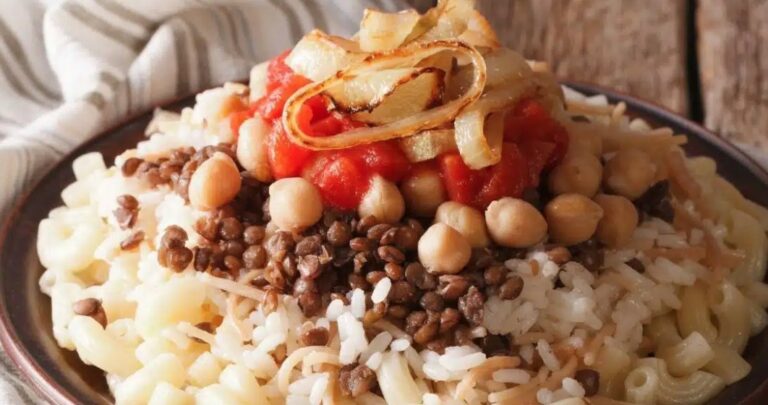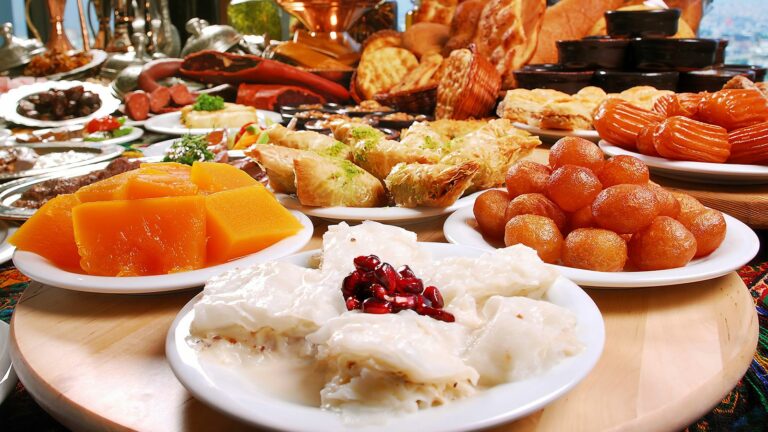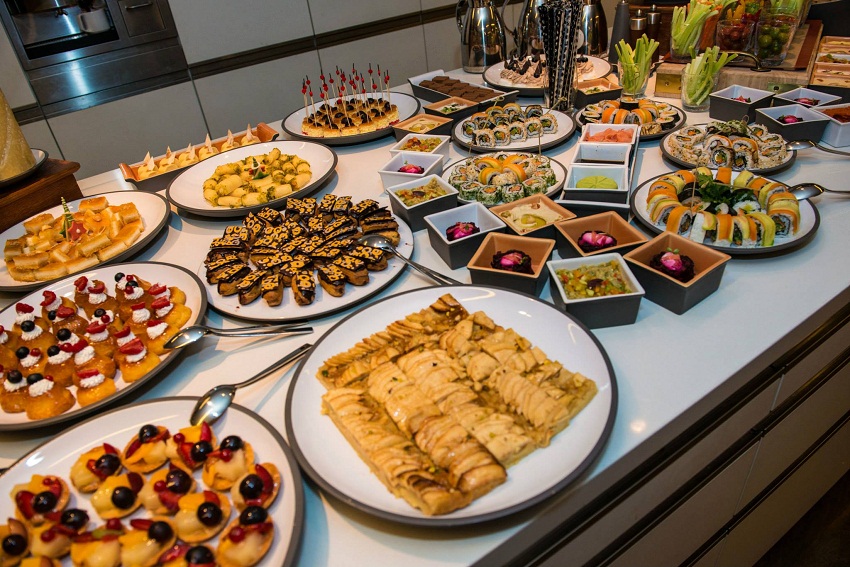Introduction: Exploring Egyptian street food festivals
Egyptian cuisine is famous for its rich flavors and unique blend of spices. While many people are familiar with traditional Egyptian dishes such as koshari, falafel, and shawarma, there is a whole world of street food that remains relatively unknown to the wider world. From savory snacks to sweet treats, there is something for everyone to enjoy in the bustling streets of Cairo and beyond.
One of the best ways to experience the diversity of Egyptian street food is by attending one of the many food festivals and events that take place throughout the country. These gatherings offer an opportunity to sample a wide range of dishes from different regions of Egypt and to meet the vendors who have dedicated their lives to perfecting their craft.
The history of street food culture in Egypt
Street food has been a part of Egyptian culture for centuries. In the early days, it was primarily a way for workers to grab a quick and affordable meal during their lunch break. Over time, it evolved into a more sophisticated form of cuisine, with vendors using spices and herbs to create unique flavor combinations that would keep their customers coming back for more.
During the Ottoman period, street food became even more popular, with vendors setting up stalls outside mosques and other busy areas. Many of the dishes we now consider to be traditional Egyptian street food, such as ta’ameya (Egyptian falafel), were developed during this time.
Factors that make Egyptian street food so unique
Egyptian street food stands out for several reasons. First and foremost, it is incredibly diverse, with different regions of the country offering their own unique takes on popular dishes. For example, in Upper Egypt, you might find koshari made with black lentils instead of chickpeas, while in Alexandria, you might sample a seafood version of the famous Alexandrian liver sandwich.
Another factor that sets Egyptian street food apart is the use of spices and herbs. From the fiery heat of chili pepper to the delicate aroma of mint, these ingredients are used to create complex and delicious flavor profiles that are hard to find anywhere else in the world.
Traditional Egyptian street food dishes to try
If you’re new to Egyptian street food, there are a few dishes you simply must try. Ta’ameya (Egyptian falafel) is a staple of street food culture and is made from fava beans, parsley, coriander, and a variety of spices. It is typically served with tahini sauce and fresh vegetables.
Another popular dish is koshari, a hearty mix of pasta, rice, lentils, chickpeas, and fried onions, topped with a spicy tomato sauce. It is a filling meal that can be found all over Cairo, from street carts to sit-down restaurants.
Finally, no trip to Egypt would be complete without sampling some shawarma. This delicious wrap is made from marinated meat (usually chicken or beef) that is slow-cooked on a spit and then stuffed into a pita with vegetables and sauce.
Popular street food festivals and events in Egypt
There are several food festivals and events that take place throughout the year in Egypt. One of the most popular is the Cairo Street Festival, which takes place in downtown Cairo and features street performances, live music, and, of course, plenty of delicious food.
Another popular event is the Alexandria Food Festival, which takes place in the coastal city of Alexandria and features a wide range of seafood dishes, including the famous Alexandrian liver sandwich.
A closer look at Cairo’s famous “Food Street”
One of the best places to experience Egyptian street food is on Cairo’s famous “Food Street” (Mohamed Mahmoud Street). This bustling thoroughfare is lined with vendors selling everything from shawarma and ta’ameya to grilled meats and kebabs. It is a popular spot for locals and tourists alike and is a must-visit for anyone looking to explore Egyptian street food culture.
Street food vendors and their stories in Egypt
Behind every street food stall in Egypt is a vendor with a unique story to tell. Some have been selling their specialties for generations, while others have only recently started their businesses. Many vendors are passionate about their craft and take great pride in the quality of their food.
Conclusion: The future of street food culture in Egypt
Egyptian street food culture is thriving, with new vendors and dishes popping up all the time. As more and more people discover the delicious flavors of Egyptian street food, it is likely that we will see even more festivals and events celebrating this unique culinary tradition. Whether you’re a first-time visitor or a long-time resident, there is always something new and exciting to discover in the world of Egyptian street food.

